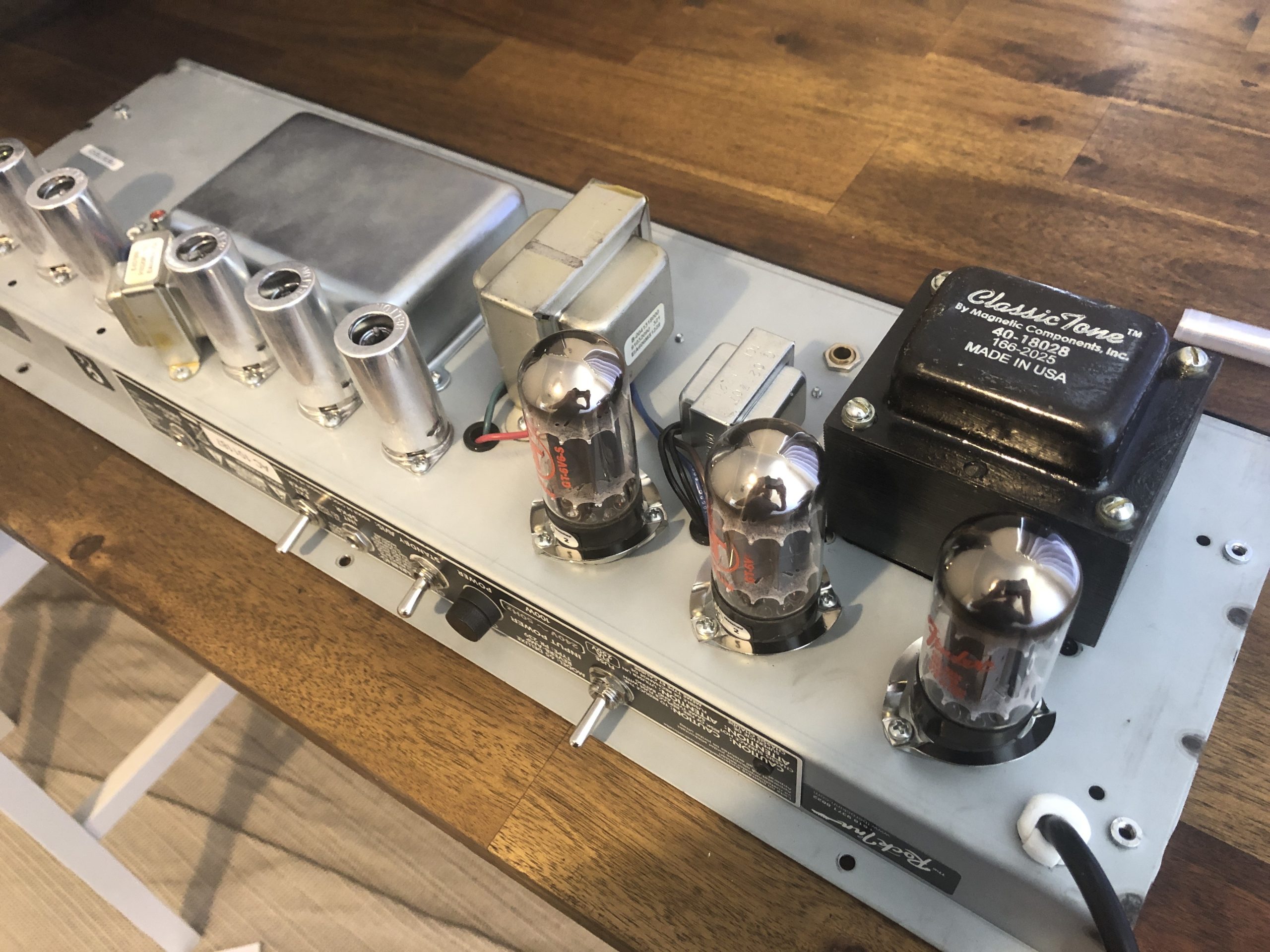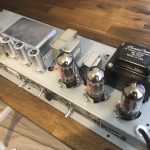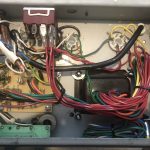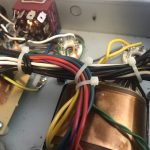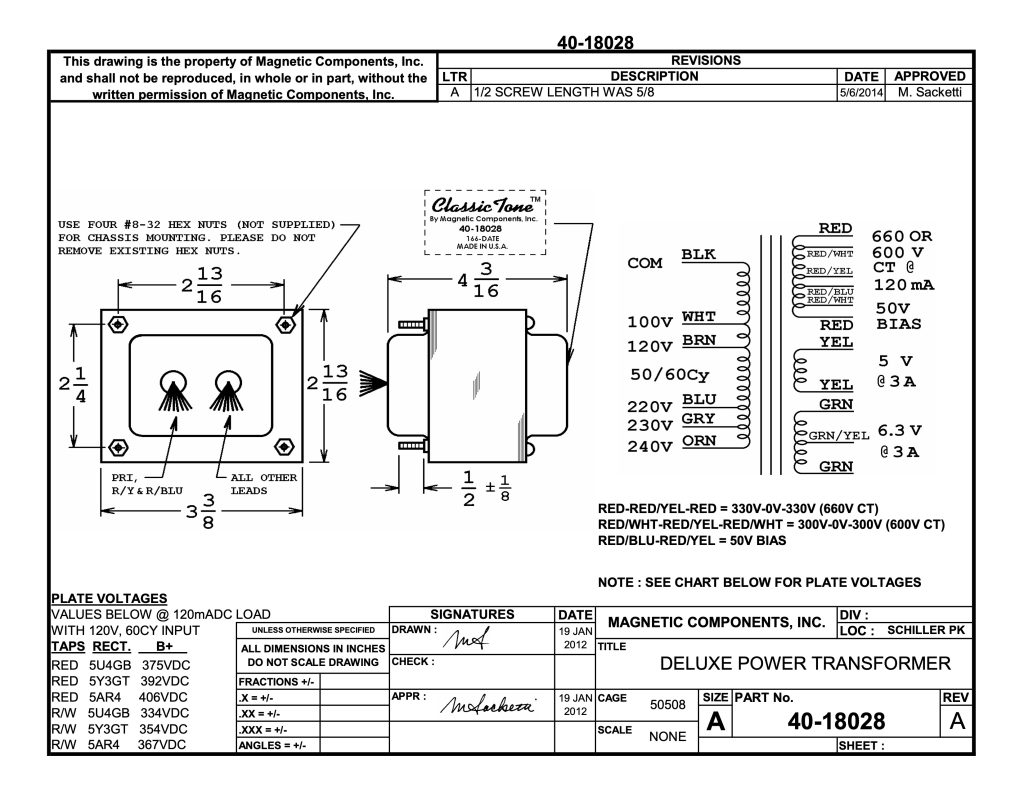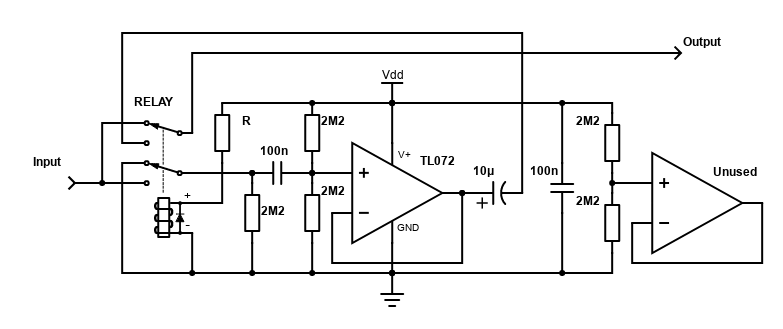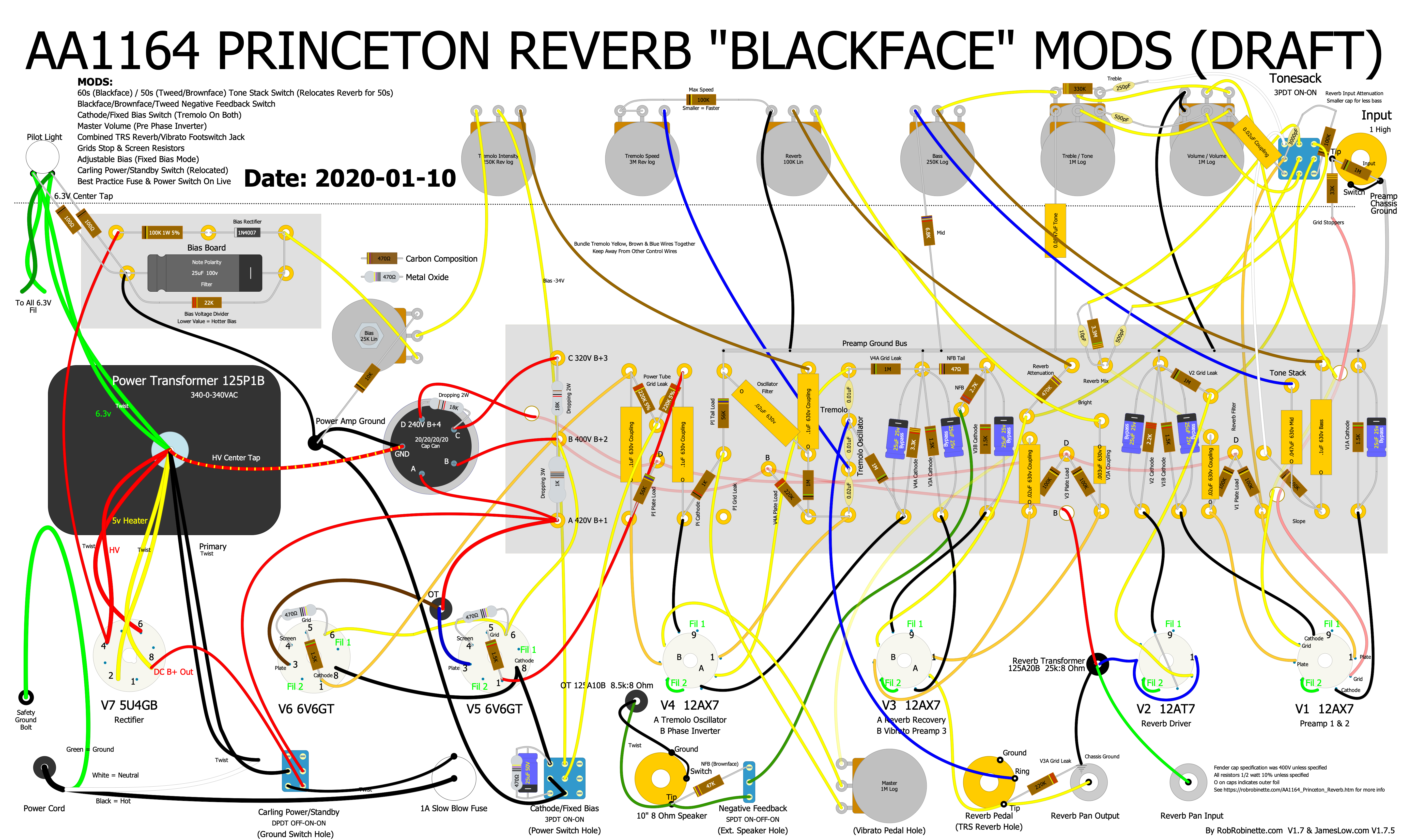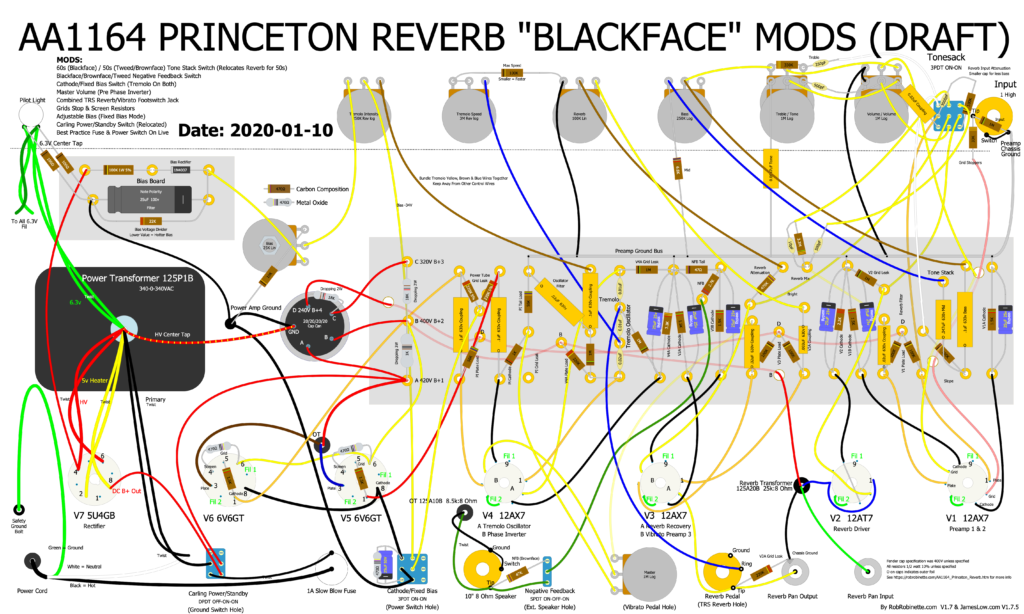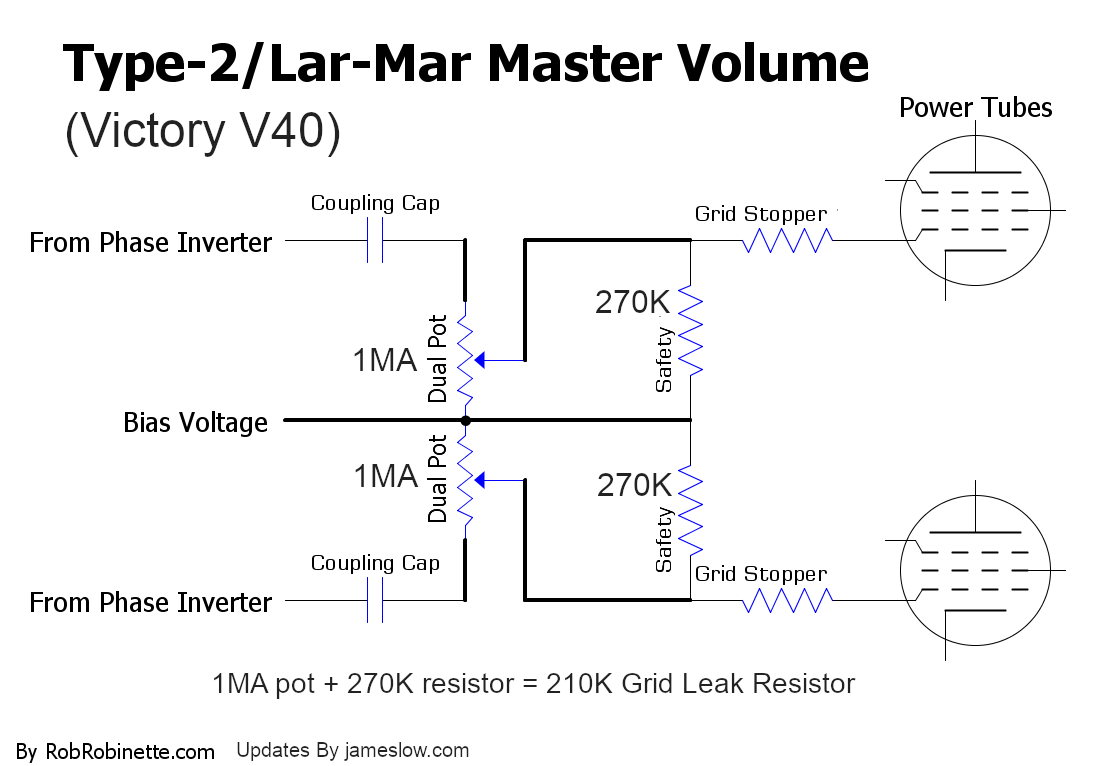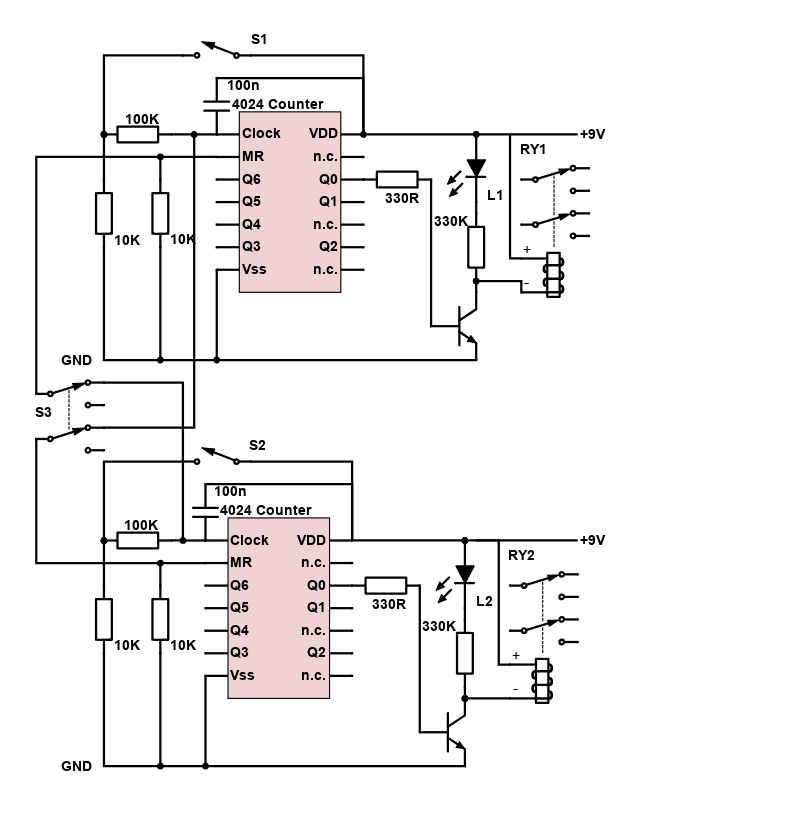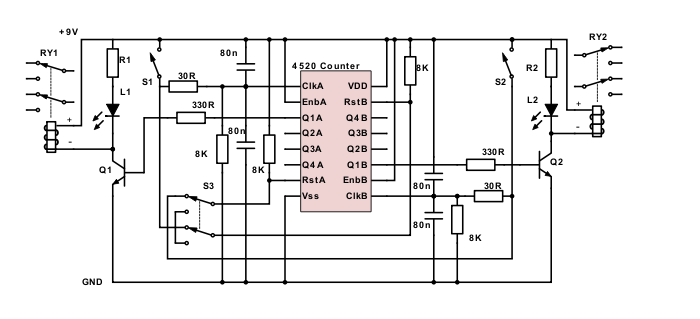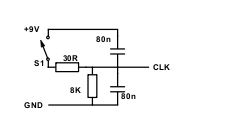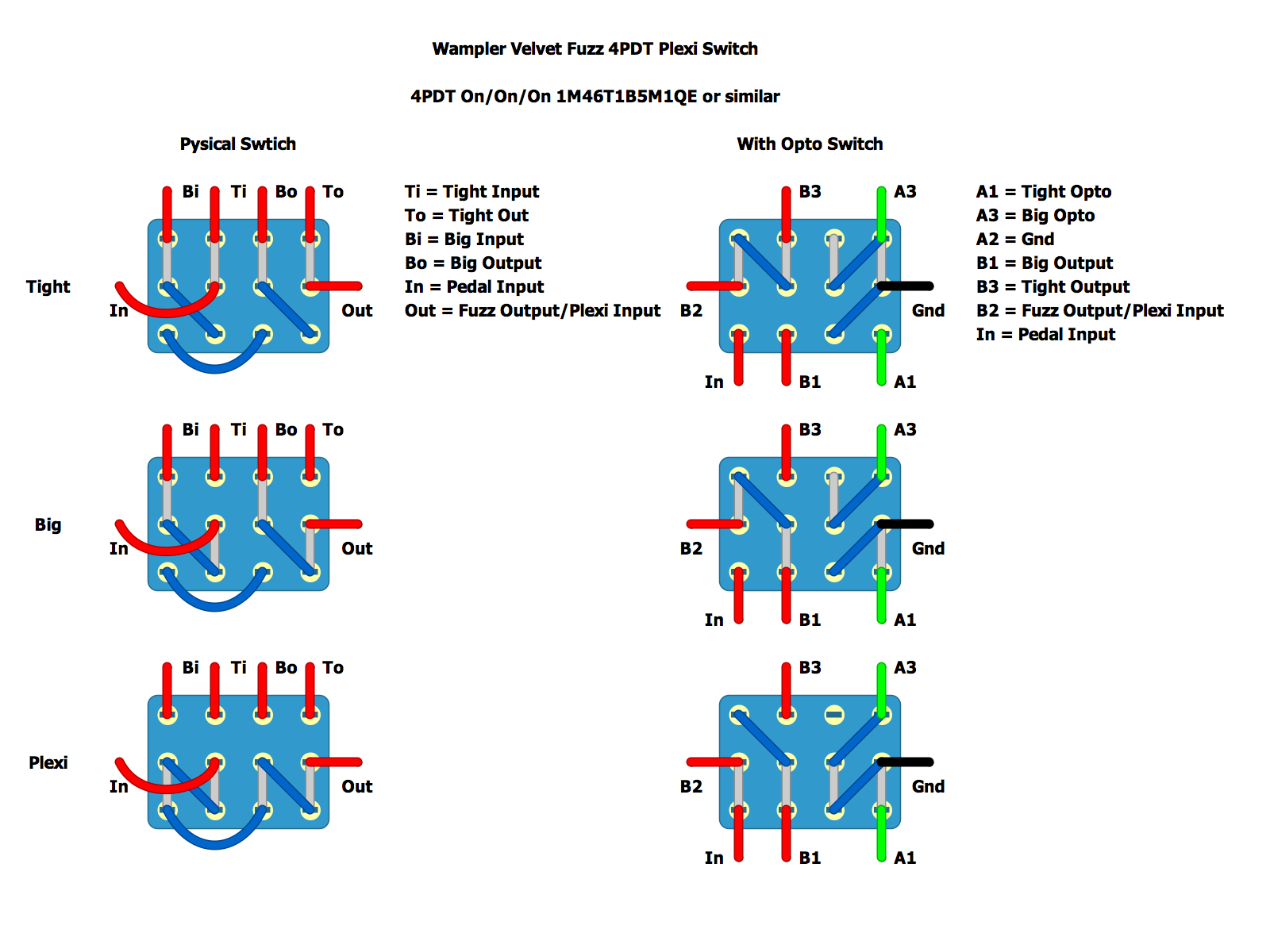Fixing Plethora X1 Not Appearing On TonePrint App
I recently bought a TC Electronic Plethora X1. I had the TonePrint app installed on my phone and computer, but even after updating to the latest versions of the app and downloading the latest TonePrint data from within the app, the Plethora X1 still wouldn’t appear within the app.
I emailed TC Electronic support but they offered little to know help. What solved the problem for me was:
1) Deleting and reinstalling the app on my iPhone (this removes old settings that we’re stopping it appearing).
2) Deleting ~/Library/Application Support/TonePrint on my Mac (on Windows I think it’s %UserProfile%\AppData\Roaming\TonePrint).
Unfortunately you’ll loose any TonePrints you created. For me this wasn’t an issue since my old TonePrints for Flashback and Sub n Up aren’t compatible with the Plethora X1, as the app makes you create them explicitly for the Plethora series.
I hope this helps someone if you’re struggling with the same issue.



